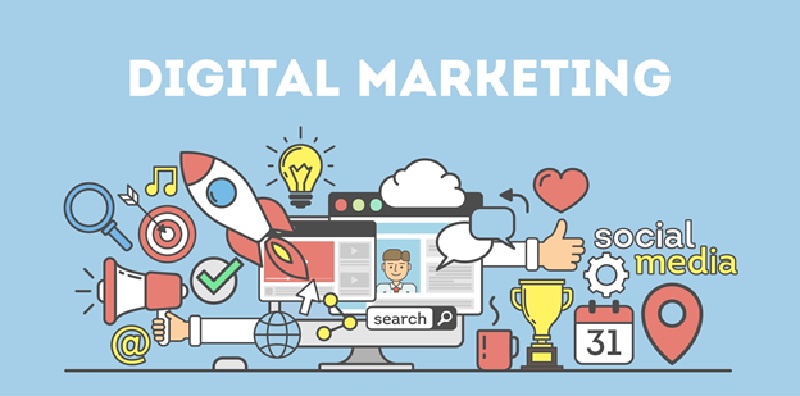
Our world becomes more digital with each passing day; if you’re still buying newspaper ad space, you’re behind the times. While physical marketing like billboards has applications in some limited circumstances (say, you’re selling cars and you have a local board pointing towards your shop), but the future is digital and the numbers back it up.
How did this happen? It’s easy to say, “well, technology got better” but that doesn’t fully take in the scope of exactly what happened. We often underestimate the scale of the internet and that leads to is underappreciating it as a marketing channel. We’re going to be breaking down some of the numbers today, to help you realise that you should’ve been ramping up your digital marketing yesterday.
Some Crucial Numbers
The global population is currently 7.7 billion, and out of that, 5 billion of them own a smartphone. There are more smartphones than email addresses. Think about that for a second: 65% of everybody alive has some form of modern cell phone. There are people living deep in the jungle and believers in forgotten 16th century faiths living in the Siberian tundra still unaware that the Tsars have fallen; billions of people living in underdeveloped nations on less than a dollar a day, and yet, two out of every three people in existence have a smartphone. If you live in a developed nation, that number skyrockets.
By comparison, 2.5 billion people regularly read a newspaper and 1.74 billion have a television in their household. Those numbers aren’t small by any stretch of the imagination, but they really bring home just how many smartphones there are in existence, and almost all of them have internet access and are used to browse the net. Very few technologies in human history have had this sort of market penetration. If you’re a marketer, it’s your dream come true, if you can handle it.
Laser-Guided Markets
Those numbers are both a blessing and a curse. They open up whole new markets you never even considered. In the digital era, you can make the same money with a much lower hit rate, because you’re getting so many more impressions.
Of course, we rarely talk about impressions in the digital age, and that’s why—since the impression/engagement rate is lower, we tend to cut directly to engagement, but I think it’s still worth talking about impressions even if we’re not using them directly in our metrics. The impression rate in digital advertising is much, much higher. From personal experience, $5 of ad spend on Amazon gets about 1000 impressions, which gets 1–2 clicks, and every 10 clicks or so lands a conversion. That’s going to vary wildly depending on industry and product, but it still puts into perspective why we prefer to talk about engagement now.
How you get around this effect is by targeting. It’s the secret sauce of digital advertising, and the one thing that truly sets it apart. You can go very fine-grained: you can target, say, only women between 35–50 who follow Young Adult authors on social media, or you can target local men who have been searching for how to fix the jet in their carburetor, or you can mine your competitor’s keywords and pin your products to show up whenever somebody search’s theirs. If you want, you can probably pick somebody else in the room right now and set up an ad campaign so they see your ad in the next 24 hours. I’m not sure how useful that is, but the fact you could is testament to how good micro-targeting has gotten in the last five years.
If you’re not having success with your digital campaigns, make sure you’re prioritising your targeting. Without it, digital marketing is just traditional marketing but spread thinner.
The Great Disconnect
Imagine if 90% of people who went into the supermarket got bored halfway through and just left their cart sitting in the aisle and went home. It would be chaos, but it’s actually true of eCommerce: up to 90% of shoppers abandon their cart before conversion. Because the internet is less tangible, we tend to take things that exist in it as less real. They’re not, though: if you buy some plates for $20, a real $20 disappears from your bank account and real plates show up at your door. It’s especially important in eCommerce to be aware of this disconnect: if you fail to account for it, it’ll kill your conversions; if you incorporate it into your strategy, it can pay real dividends.
Where To Next?
Every passing year, the market share of traditional print and physical advertising gets smaller. Every year, more people adopt new digital technologies. The industry is almost unrecognizable from ten years ago, and ten years in the future there will have been another exponential leap. The newspapers that haven’t made the digital jump are dying off, even on a local level. Good digital marketing strategies seem to change from year to year and it’s important that you keep abreast of the changing market and new technologies.
What I can say for sure is that digital is on the up, and print is going down like the Hindenburg. If you’re not already on the digital train, today is the day for you to start. If you’re having trouble keeping up in 2020, you may want to consider hiring offshore digital marketing services.
